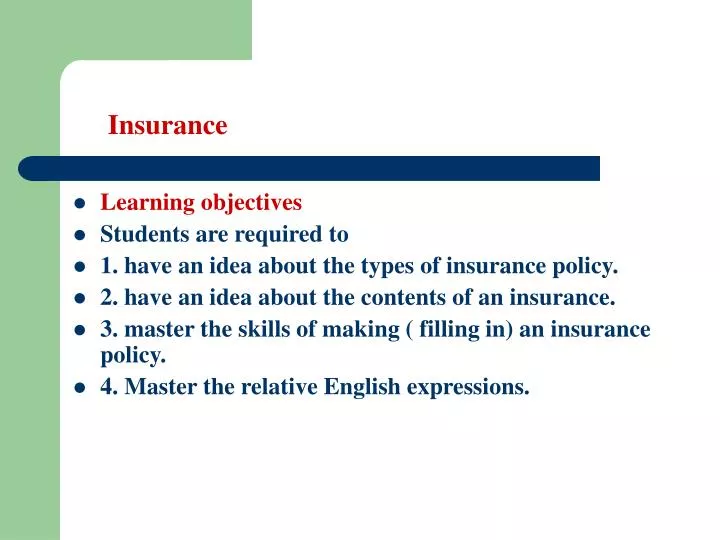The Single Strategy To Use For Pacific Prime
Wiki Article
The Single Strategy To Use For Pacific Prime
Table of ContentsPacific Prime - QuestionsHow Pacific Prime can Save You Time, Stress, and Money.The Facts About Pacific Prime Revealed9 Simple Techniques For Pacific PrimeExamine This Report about Pacific Prime

This is because the data were collected for a duration of strong financial efficiency. Of the estimated 42 million individuals who were without insurance, almost concerning 420,000 (regarding 1 percent) were under 65 years of age, the age at which most Americans come to be qualified for Medicare; 32 million were grownups in between ages 18 and 65, about 19 percent of all adults in this age; and 10 million were youngsters under 18 years of age, regarding 13.9 percent of all youngsters (Mills, 2000).
These price quotes of the variety of persons uninsured are created from the yearly March Supplement to the Present Populace Study (CPS), conducted by the Demographics Bureau. Unless otherwise kept in mind, nationwide estimates of people without medical insurance and percentages of the populace with different kinds of insurance coverage are based upon the CPS, one of the most extensively used source of price quotes of insurance coverage and uninsurance rates.
Getting My Pacific Prime To Work

Still, the CPS is specifically valuable because it generates yearly estimates fairly quickly, reporting the previous year's insurance policy protection estimates each September, and since it is the basis for a consistent collection of estimates for more than two decades, enabling analysis of patterns in coverage with time. For these factors, along with the considerable usage of the CPS in various other research studies of insurance coverage that exist in this record, we depend on CPS price quotes, with limitations kept in mind.

The quote of the number of without insurance individuals broadens when a population's insurance condition is tracked for several years. Over a three-year duration beginning early in 1993, 72 million individuals, 29 percent of the U.S. https://pacificpr1me.weebly.com/. population, lacked protection for at the very least one month. Within a solitary year (1994 ), 53 million individuals experienced at the very least a month without protection (Bennefield, 1998a)
Six out of every 10 without insurance adults are themselves employed. Although functioning does enhance the possibility that and one's household members will have insurance policy, it is not a warranty. Even participants of households with two permanent breadwinner have virtually a one-in-ten opportunity of being uninsured (9.1 percent uninsured rate) (Hoffman and Pohl, 2000).
Pacific Prime for Beginners
New immigrants represent a substantial percentage of individuals without medical insurance. One evaluation has connected a significant section of the recent development in the size of the united state without insurance population to immigrants who showed up in the nation between 1994 and 1998 (Camarota and Edwards, 2000). Recent immigrants (those who involved the USA within the past 4 years) do have a high price of being without insurance (46 percent), but they and their kids make up simply 6 percent of those without insurance country wide (Holahan et al., 2001).The partnership between medical insurance and accessibility to care is well developed, as recorded later on in this chapter. The partnership in between wellness insurance policy and health and wellness end results is neither direct neither basic, a considerable professional and health solutions study literary works links health insurance coverage to improved accessibility to see this care, much better top quality, and boosted individual and population health standing.
Levels of evaluation for analyzing the results of uninsurance. It focuses specifically on those without any kind of health insurance for any size of time.
Pacific Prime Can Be Fun For Anyone
The problems faced by the underinsured are in some aspects similar to those encountered by the uninsured, although they are generally much less extreme. expat insurance. Uninsurance and underinsurance, nevertheless, involve clearly various plan problems, and the techniques for addressing them may differ. Throughout this study and the 5 records to adhere to, the major emphasis gets on persons without medical insurance and therefore no assistance in spending for healthcare beyond what is available via charity and safety and security internet establishments
Wellness insurance is an effective element affecting invoice of care due to the fact that both people and doctors respond to the out-of-pocket price of solutions - https://www.find-us-here.com/businesses/Pacific-Prime-Agoura-Hills-California-USA/34031837/. Health insurance, nevertheless, is neither required nor enough to get to medical services. However, the independent and straight result of medical insurance coverage on accessibility to health solutions is well developed.
Others will get the healthcare they require even without medical insurance, by paying for it out of pocket or seeking it from companies that offer treatment complimentary or at highly subsidized prices. For still others, health and wellness insurance coverage alone does not ensure receipt of treatment due to other nonfinancial obstacles, such as a lack of wellness care providers in their community, restricted access to transport, illiteracy, or etymological and social distinctions.
The smart Trick of Pacific Prime That Nobody is Talking About
Official research regarding without insurance populaces in the United States dates to the late 1920s and early 1930s when the Board on the Cost of Healthcare created a collection of records concerning funding physician office sees and hospital stays. This issue came to be salient as the numbers of medically indigent climbed during the Great Anxiety.Report this wiki page